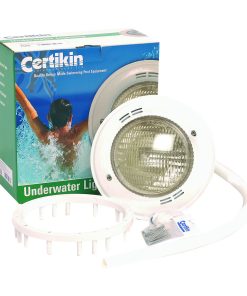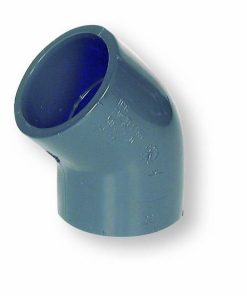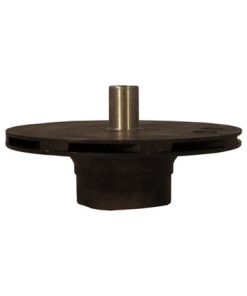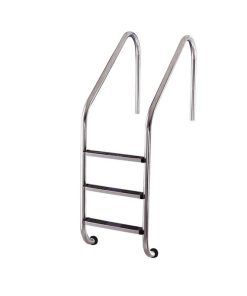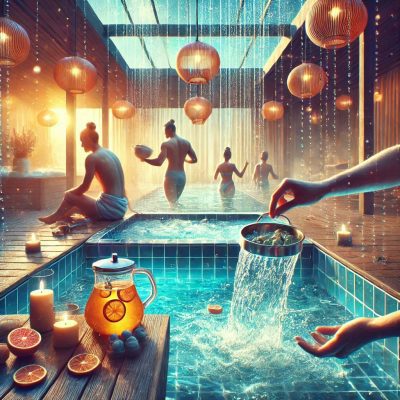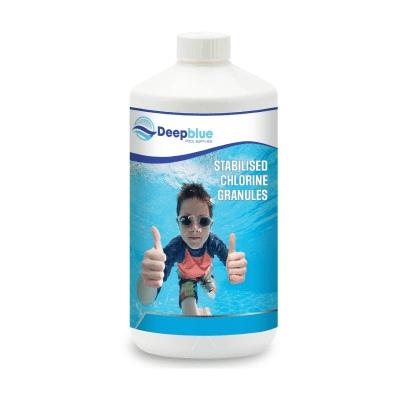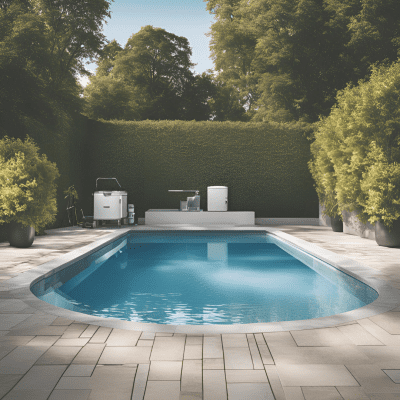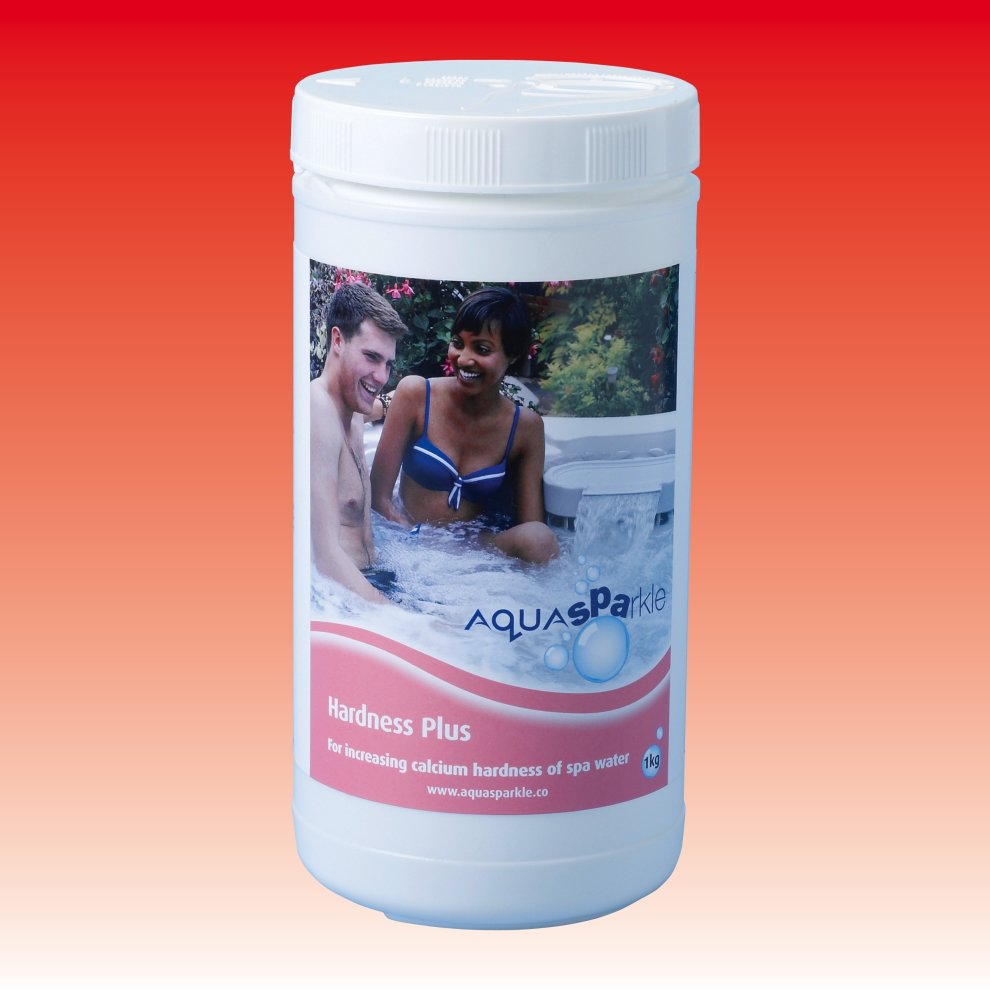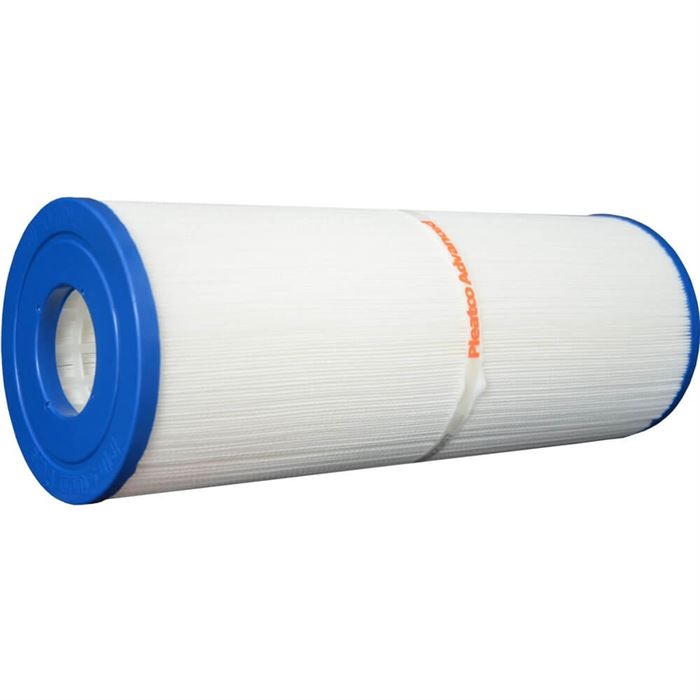Blogpool, Chemicals, Hottub, Swimming Pool, Water Testing
Maintaining safe and clean water in pools and spas: A simple guide
What you need to know:
The proper care and cleanliness of recreational water requires both sanitation measures (eliminating bacteria and algae) and water balance maintenance (controlling pH and alkalinity and hardness and total dissolved solids levels).
The common sanitizers used in the water include chlorine and bromine. The chlorination system functions as both sanitizer and oxidizer whereas bromination needs another oxidizing agent for waste decomposition.
It is essential to comprehend the different chlorine forms since free available chlorine (FAC) and combined chlorine (chloramines) and total chlorine each play distinct roles in sanitizing processes. The process of breakpoint chlorination stands as an essential principle to remove chloramines and create the most sanitary conditions.
The pool industry uses chlorine generators as well as ozone and ultraviolet light and ionization of salts as replacement sanitizers for chlorine and bromine. All these methods present different advantages and disadvantages in their application.
The pool requires several different chemicals beyond sanitizers for handling particular situations through the use of flocculants for clarity improvement and filter cleaners as well as defoamers and cyanuric acid to protect chlorine from sunlight degradation.
A balanced water state requires knowledge of four essential parameters including pH level and total alkalinity and calcium hardness and total dissolved solids.
The process of regular water testing enables professionals to check chemical levels which in turn guides them toward necessary adjustments. The assessment of water requires different testing solutions like DPD and OTO for chlorine detection and phenol red for pH measurement and titration tests for alkalinity and hardness determination.
The guide contains solutions for resolving typical water issues including cloudy water and discoloration alongside corrosion and scaling and algae development.
Important Ideas and Facts:
Sanitizers:
Chlorine:”Chlorine has been somewhat of a wonder drug for pool and spa environments. This chemical proves effective against bacterial and algae organisms while functioning best in water-based systems.
Chlorine exists in three forms including free available chlorine (FAC) which serves as the active sanitizer while combined chlorine (chloramines) provides less effectiveness with irritating properties and total chlorine represents the sum of FAC and combined chlorine.
The process of breakpoint chlorination requires sufficient chlorine addition to fully oxidize chloramines until the chlorine residual drops rapidly while improving water quality.
Bromine:”Bromine also has no odor, and dispensing it your spa via a feeder allows it to dissolve at a slow, constant, desirable rate. Ensure you take out the feeder before using your spa.
Bromine functions as a sanitizer but shows poor oxidizing properties so it needs an additional oxidizer.
The chemical properties make bromine unsuitable for outdoor use because sunlight causes its concentration to decrease rapidly.
Water Balance:
pH:”The most fragile and arguably the most important component of water balance is pH, a reading that indicates how acidic or basic your pool and spa water is.”
Pools should maintain their pH levels between 7.4-7.6 and spas should maintain their levels between 7.2-7.8.
The pH value determines how well sanitizers work as well as affects pool surfaces and equipment condition and swimmer comfort levels.
Total Alkalinity:”The most important thing to remember about total alkalinity is that it affects your pH levels and therefore must be tested before you do any pH testing and adjustments.”
The ideal range for total alkalinity should be between 80 and 140 ppm for pool water and 80 to 120 ppm for spa water.
Alkalinity works as a buffer that stops significant pH level changes from happening.
Calcium Hardness:”Note: You do want your water to have some level of hardness. The water will dissolve both the plaster and metal components of your pool and spa equipment at a slow pace if its hardness level is too low.
The proper range for calcium hardness should be between 200-400 ppm for both pools and spas.
Appropriate hardness levels stop both surface and equipment damage through etching and corrosion.
Total Dissolved Solids (TDS):”High TDS levels exceeding water-supply levels at 1,500 ppm decrease chlorine effectiveness by 50%.”
The recommended TDS levels for pool water range from 1,000 to 2,000 ppm while spa water requires TDS levels to exceed the initial start-up measurement by 1,500 ppm.
TDS levels above certain limits result in decreased chlorine performance together with impaired water clarity and altered taste perception.
Testing:
DPD Test: The free available chlorine measurement uses DPD Test as its preferred method because it provides more precise sanitizing power assessment.
OTO Test: Measures total chlorine but does not differentiate between free and combined chlorine.
The Phenol Red Test functions as the standard method for determining pH levels.
The Titration Tests help determine both total alkalinity levels and calcium hardness values.
Cyanuric Acid (Stabilizer):
Outdoor pool chlorine requires protection from ultraviolet (UV) radiation because of sunlight exposure. Cyanuric acid functions as an outdoor pool protection compound against sunlight degradation of chlorine.
The recommended range for cyanuric acid exists between 30-50 ppm with a maximum concentration limit at 100 ppm.
Cyanuric acid functions as a protective agent which prevents chlorine from being destroyed by sunlight while extending its useful life.
Key Takeaways:
Regular assessments of chemical levels alongside appropriate adjustments help maintain safe and clean recreational water conditions.
Effective treatment depends on a complete comprehension of how different water balance parameters interact with each other.
The correctness of testing procedures determines the precision of readings that lead to proper adjustments.
When dealing with ongoing issues or unclear situations in pools or spas it is best to consult with qualified professionals.


